In today’s global market, sea freight has emerged as a vital component for businesses looking to import goods, particularly from manufacturing giants like China. This comprehensive guide explores the intricacies of sea freight, from understanding its benefits and shipping processes to navigating the key considerations for shipping from China to Argentina. With a focus on essential topics such as shipping methods, required documentation, customs clearance, and cost factors, this resource aims to equip businesses with the knowledge needed for efficient international trade. Whether you’re a seasoned importer or new to the logistics landscape, gaining insights into sea freight can enhance your operational strategies and drive success in global markets.
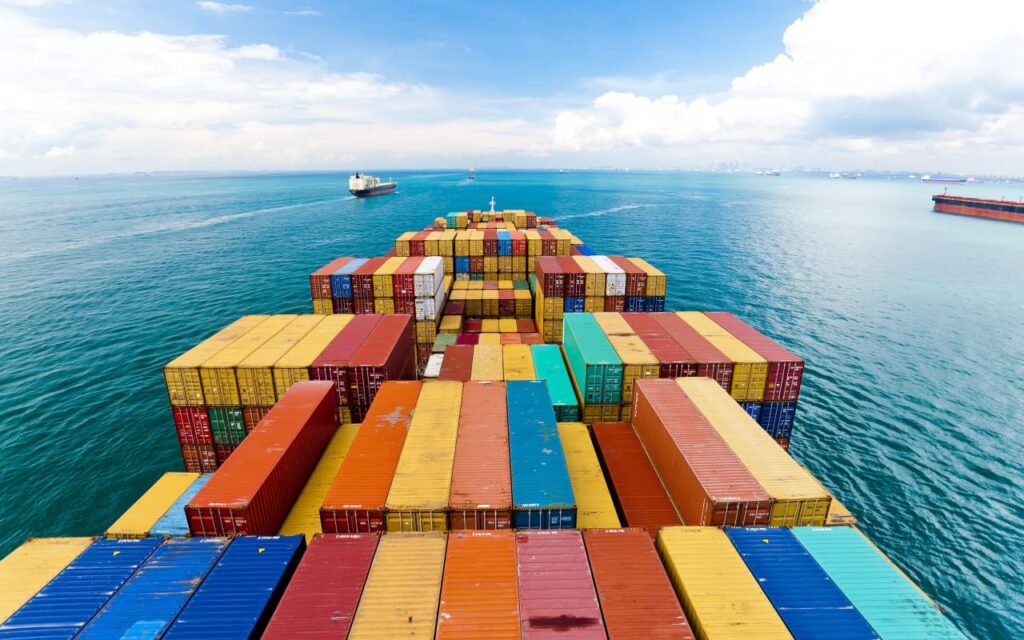
Understanding Sea Freight
Sea freight refers to the transportation of goods via ocean vessels. This method is renowned for its ability to accommodate large volumes of cargo, making it a preferred choice for businesses involved in international trade. It plays a pivotal role in the global supply chain, particularly for goods being imported from countries like China.
Choosing sea freight has several compelling advantages:
-
Cost-Effectiveness: Sea freight is often more economical than air freight, particularly for bulky or high-volume shipments. It allows businesses to save on transportation costs, which can significantly enhance profit margins.
-
Capacity: Ocean vessels can carry substantial quantities of goods. Whether importing heavy machinery or a large batch of consumer products, sea freight can handle diverse cargo types.
-
Environmental Efficiency: Shipping by sea is generally more environmentally friendly than other modes of transport. Vessels emit less CO2 per ton of cargo compared to trucks and airplanes, making sea freight a sustainable choice.
-
Variety of Goods: Sea freight is suitable for transporting various goods, including hazardous materials, perishables, and oversized items. This versatility makes it ideal for many businesses.
Choosing sea freight means selecting a reliable logistics solution that can facilitate your global trading activities efficiently.
Benefits of Sea Freight for Importing Goods
The benefits of utilizing sea freight in the context of importing goods from China are manifold, including:
| Benefit | Description |
|---|---|
| Lower Freight Costs | Significantly cheaper rates compared to air freight, making it ideal for budget-conscious businesses. |
| Higher Cargo Limits | Ability to transport large volumes of goods in a single shipment, reducing the need for multiple trips. |
| Safety and Security | Ocean vessels are designed to protect cargo from environmental factors, providing a secure transportation method. |
| Global Reach | Extensive networks connect major ports worldwide, facilitating access to international markets. |
| Flexibility in Scheduling | Various sailing schedules allow businesses to plan shipments according to their operational needs. |
| Less Packaging Required | Sea freight may require less packaging than air freight due to its stability during transit. |
For these reasons, many businesses, especially those importing goods from China, find sea freight to be a practical and strategic choice.
You may be interested in the following related articles:
- Exploring the Benefits of Sea Freight from China to Turkey
- The Ultimate Guide to Sea Freight from China to Saudi Arabia
- Sea Freight from China to Greece: A Complete Step-by-Step Process
- The Ultimate Guide to Sea Freight from China to Algeria
- Step-by-Step Guide to Sea Freight From China to Iraq
- Step-by-Step Guide to Sea Freight From China to Italy
Key Considerations for Shipping from China to Argentina
When shipping from China to Argentina, several critical factors must be considered to ensure a smooth import process. Below are the key considerations:
Shipping Methods
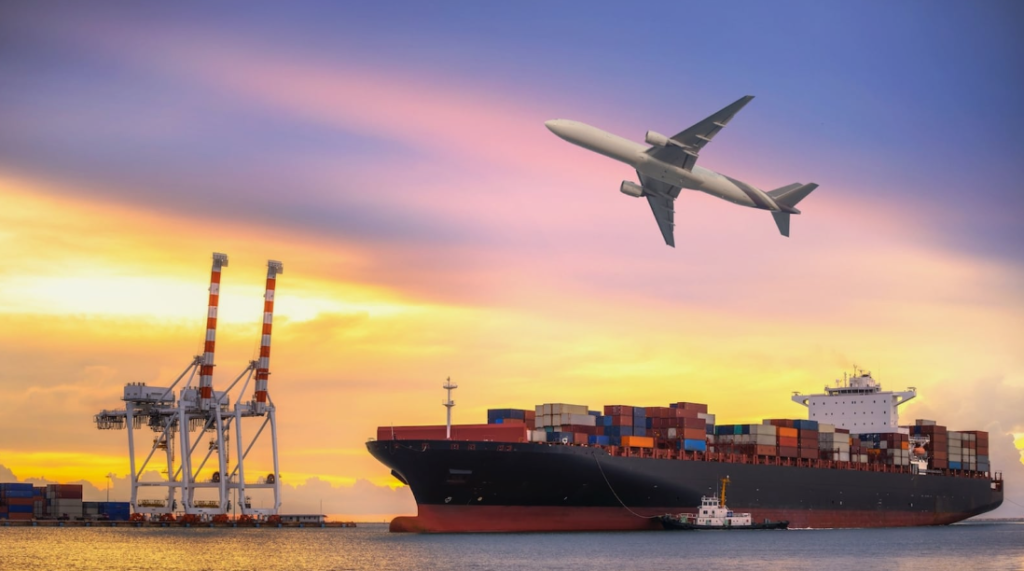
There are primarily two methods of shipping goods from China to Argentina: Full Container Load (FCL) and Less Than Container Load (LCL).
-
Full Container Load (FCL): This method is ideal for larger shipments, allowing the entire container to be dedicated to a single shipment. It is often more cost-effective per unit for significant volumes and offers faster transit times.
-
Less Than Container Load (LCL): Suitable for smaller shipments that do not fill a container, LCL allows businesses to share container space with others. However, it may incur higher freight costs per unit and take longer due to additional handling.
Shipping Routes
The routing of shipments from China to Argentina generally involves major shipping lines connecting through strategic ports. Common routes typically include:
- Shanghai to Buenos Aires: As one of the busiest routes, this path ensures frequent sailings and efficient transit times.
- Shenzhen to Rosario: This route provides access to Argentina’s inland cities, catering to businesses in the central regions.
- Ningbo to La Plata: This route serves the southern parts of Argentina, enabling access to key industrial areas.
Understanding these routes can help businesses determine the best shipping options for their needs based on factors like cost, transit time, and destination.
Required Documents
When shipping from China to Argentina, several essential documents are required to ensure compliant and smooth customs clearance. These include:
| Document | Description |
|---|---|
| Commercial Invoice | Details the transaction, including the nature of the goods and their value. |
| Packing List | Specifies the contents of the shipment, including dimensions and weight. |
| Bill of Lading | Serves as a contract between the shipper and the carrier. |
| Certificate of Origin | Verifies the origin of the goods, which may be necessary for tariff purposes. |
| Import License | Required for certain restricted goods into Argentina. |
| Customs Declaration | Form required by customs to assess duties and taxes. |
Ensuring that these documents are accurate and complete is vital for a seamless import process.
Customs Clearance
Customs clearance is a crucial aspect of the shipping process. In Argentina, customs authorities require compliance with local regulations. It involves the following steps:
- Tariff Classification: Correctly classifying goods under the Harmonized System (HS) code to determine the applicable duties and taxes.
- Payment of Duties and Taxes: Ensuring all necessary payments are made to avoid delays in the clearance process.
- Inspection: Customs may conduct random inspections of shipments to verify compliance with local laws.
- Release of Goods: Once cleared, the goods are released for delivery to the final destination.
Partnering with a professional logistics provider like Dantful International Logistics can streamline this process, as they offer comprehensive customs clearance services to help navigate complex regulations and ensure timely delivery.
In conclusion, understanding the nuances of sea freight and key considerations for shipping from China to Argentina is crucial for businesses looking to import goods efficiently and effectively. By leveraging the benefits of Dantful International Logistics, businesses can enjoy a highly professional, cost-effective, and high-quality international logistics service, enabling them to focus on growth and success in their global trading endeavors.
READ MORE:
- Shipping From China to the United States
- Shipping From China TO Canada
- Shipping From China TO Mexico
- Shipping From China to Panama
- Shipping From China to Costa Rica
- Shipping From China to Brazil
- Shipping From China TO Colombia
- Shipping From China to Jamaica
- Shipping From China to Venezuela
Major Ports for Sea Freight
Top Chinese Ports for Exporting to Argentina
When considering shipments from China to Argentina, several key ports play a vital role in facilitating efficient sea freight operations. The following ports are among the most significant for exporting goods:
| Port Name | Location | Key Features |
|---|---|---|
| Shanghai | East Coast | One of the largest ports in the world by cargo volume, featuring advanced infrastructure for handling diverse goods. |
| Shenzhen | South China | Known for its proximity to manufacturing hubs, making it ideal for exports, particularly electronics and consumer goods. |
| Ningbo | East Coast | Offers extensive shipping routes and is equipped to handle large volumes of containerized cargo. |
| Hong Kong | Special Administrative Region | A critical transshipment hub with efficient customs procedures and connectivity to global shipping lines. |
| Guangzhou | South China | Benefits from a strategic location and serves numerous international shipping routes, particularly for textiles and machinery. |
These ports provide robust logistical support, making them essential for businesses looking to import goods from China to Argentina.
Key Argentine Ports for Imports
Upon arrival in Argentina, several ports serve as primary entry points for goods coming from international markets. The following are key ports for imports:
| Port Name | Location | Key Features |
|---|---|---|
| Buenos Aires | Capital City | The busiest port in Argentina, handling a large percentage of the country’s import and export traffic, equipped with modern cargo handling facilities. |
| Rosario | Santa Fe Province | Known for its strategic location on the Paraná River, this port is vital for agricultural exports and imports, specializing in bulk cargo. |
| La Plata | Buenos Aires Province | A significant port that caters to various types of cargo, benefiting from its proximity to major urban centers. |
| Bahía Blanca | Southern Argentina | Focuses on heavy and bulk cargoes, providing essential services for industries such as oil and gas. |
| Tigre | Buenos Aires Province | A smaller port mainly used for regional transport and logistics, facilitating access to the capital and surrounding areas. |
These ports are crucial for ensuring that goods imported from China are efficiently handled and distributed throughout Argentina.
The Sea Freight Shipping Process Step-by-Step
Understanding the sea freight shipping process is essential for businesses to navigate their imports smoothly. Here’s a detailed breakdown of the steps involved:
1. Obtaining a Freight Quote and Booking
-
Providing Shipment Details to the Freight Forwarder: The first step involves sharing specific details about the cargo, including dimensions, weight, type of goods, and destination.
-
Agreeing on Shipping Terms and Rates: The freight forwarder will present a quotation based on the provided information. It’s crucial to discuss the terms of shipping, including delivery timelines, payment methods, and any specific requirements.
-
Confirming the Booking: Once the quote and terms are agreed upon, a formal booking confirmation is issued, securing space on the vessel for the shipment.
2. Cargo Pick-Up and Delivery to the Port
-
Arranging for Cargo Pick-Up from the Supplier: The freight forwarder coordinates with the supplier to schedule the pick-up of goods.
-
Transporting the Goods to the Port of Departure in China: The cargo is then transported to the designated port for export, ensuring it arrives well ahead of the vessel’s departure.
3. Export Customs Clearance in China
-
Submitting Required Documents: The freight forwarder prepares and submits necessary documentation to customs authorities to facilitate the export process.
-
Paying Export Duties and Taxes: Any applicable export duties and taxes are settled to comply with local regulations, ensuring a smooth clearance process.
4. Loading and Ocean Transportation
-
Loading the Cargo Onto the Vessel: Once cleared, the cargo is loaded onto the ship. This step includes verifying that all items are secure and ready for transit.
-
Transit Time from China to Argentina: The transit time varies based on the shipping route but typically ranges from 25 to 40 days, depending on factors such as weather conditions and cargo type.
5. Import Customs Clearance in Argentina
-
Submitting Import Documents: Upon arrival, the freight forwarder submits all necessary import documentation to Argentine customs for clearance.
-
Paying Import Duties and Taxes: Import duties and taxes are assessed, and payment is required before the goods can be released from customs.
6. Cargo Unloading and Delivery to the Final Destination
-
Unloading the Cargo at the Port of Arrival in Argentina: Once cleared, the cargo is unloaded from the vessel and undergoes a verification process to ensure accuracy.
-
Arranging for Final Delivery to Your Warehouse or Facility: After unloading, the freight forwarder coordinates the transportation of goods to the final destination, ensuring timely delivery to the business’s warehouse or facility.
By following these steps, businesses can ensure a seamless shipping process from China to Argentina, minimizing delays and enhancing operational efficiency. Utilizing a professional logistics provider like Dantful International Logistics can further ease this process, providing expert guidance and comprehensive services tailored to meet the unique needs of international trade.
Shipping Costs from China to Argentina by Sea Freight
Breakdown of Sea Freight Costs
Understanding the components of sea freight costs is essential for accurate budgeting and financial planning when importing goods from China to Argentina. The total shipping cost typically consists of several elements:
| Cost Component | Description |
|---|---|
| Freight Charges | The primary cost associated with transporting goods via sea, calculated based on weight, volume, and distance. |
| Terminal Handling Charges | Fees charged for loading and unloading cargo at both the port of origin and destination, including container handling and storage. |
| Documentation Fees | Charges for preparing and processing necessary shipping documents, such as bills of lading, customs declarations, and certificates of origin. |
| Customs Duties and Taxes | Import duties and taxes levied by Argentine customs based on the nature and value of the goods being imported. These can vary significantly depending on the product category. |
| Insurance Costs | Optional but highly recommended, insurance protects against potential losses or damages during transit. Rates are typically based on the total invoice value of the cargo. |
| Inland Transportation Costs | Expenses incurred for transporting goods from the port to the final destination within Argentina, which can vary depending on the distance and mode of transport used. |
By understanding each cost component, businesses can more effectively manage their shipping expenses and make informed decisions regarding their logistics strategies.
Tips for Reducing Shipping Expenses
Reducing shipping costs is a priority for many importers. Here are some effective strategies to consider:
-
Consolidate Shipments: Combining multiple orders into a single shipment can reduce overall freight costs. Utilize Less Than Container Load (LCL) when appropriate to share container space with others.
-
Negotiate Rates: Work with a freight forwarder like Dantful International Logistics to negotiate better shipping rates. Having a trusted partner can often result in cost savings through established relationships with shipping lines.
-
Choose Optimal Shipping Routes: Research and select the most cost-effective shipping routes, considering transit times and port fees. Avoiding high-traffic ports can sometimes lead to lower expenses.
-
Evaluate Insurance Options: While protecting your goods is critical, shop around for insurance providers to find competitive rates without compromising coverage.
-
Plan Shipping Schedule: Avoid peak shipping seasons when demand is high and rates tend to increase. Plan shipments during off-peak periods to benefit from lower pricing.
-
Understand Customs Regulations: Familiarize yourself with Argentine customs rules and regulations to avoid unexpected fees or delays. Working with experts in customs clearance can also minimize issues that lead to additional costs.
By implementing these strategies, businesses can effectively manage and reduce their shipping expenses when importing goods from China to Argentina.
Shipping Times from China to Argentina by Sea Freight
Port-to-Port Delivery
When evaluating shipping times, understanding the port-to-port delivery timeline is crucial. The typical transit times for major port pairs from China to Argentina can vary based on several factors, including the chosen shipping route, the type of vessel, and seasonal conditions.
| Port Pair | Typical Transit Time | Factors Affecting Delivery Times |
|---|---|---|
| Shanghai to Buenos Aires | 30-40 days | Vessel schedules, weather conditions, and port congestion. |
| Shenzhen to Rosario | 25-35 days | Consistency of shipping lines and customs processing efficiency. |
| Ningbo to La Plata | 28-38 days | Availability of direct routes and handling times at ports. |
Factors affecting port-to-port delivery times include:
-
Vessel Schedules: The frequency and reliability of sailing schedules can significantly impact delivery times. High-frequency routes may offer more flexibility.
-
Weather Conditions: Seasonal weather patterns, particularly typhoons or storms, can lead to delays in shipping schedules.
-
Port Congestion: Traffic at ports can slow down unloading and customs procedures, impacting overall delivery times.
-
Customs Clearance: Efficient customs processes at both ends can expedite transit, while delays may result from incomplete documentation or inspections.
Door-to-Door Delivery
For businesses opting for door-to-door delivery, the timeline extends beyond port-to-port transit. This shipping method encompasses the entire journey from the supplier in China to the final destination in Argentina.
- Typical Transit Time: Door-to-door delivery can take anywhere from 40 to 60 days depending on various factors such as pickup and delivery locations, the efficiency of local transport services, and customs clearance times.
- Additional Considerations:
- Inland Transportation: The time taken to transport goods from the port to the final destination can vary widely based on distance and local traffic conditions.
- Customs Processes: Effective management of customs duties, taxes, and inspections are crucial to ensure smooth transitions and timely deliveries.
By understanding these shipping timelines, businesses can better plan their inventory management and supply chain logistics, effectively aligning their operational needs with shipping schedules. Leveraging the expertise of a reliable logistics provider like Dantful International Logistics can also streamline the entire process, ensuring timely and cost-effective deliveries.
Dantful International Logistics Services:
- Dantful Ocean Freight Services
- Air Freight From China
- Amazon FBA Freight Forwarding
- WAREHOUSE Services
- One-Stop Customs Clearance Solution
- Cargo Insurance Services in China
- DDP Shipping Services By Dantful Logistics
- Out of Gauge Cargo Transportation Shipping Services
FAQs
- What is sea freight, and why should I choose it for importing goods from China?
- Sea freight refers to the transportation of goods by ocean vessels. It is preferred for its cost-effectiveness, capacity for large volumes, environmental efficiency, and ability to transport a variety of goods. This method allows businesses to save on transportation costs, which can enhance profit margins.
- What are the main shipping methods available when importing from China to Argentina?
- The two primary shipping methods are Full Container Load (FCL) and Less Than Container Load (LCL). FCL is suitable for larger shipments, while LCL is ideal for smaller shipments that do not fill an entire container. Each method has its cost implications and transit times.
- What documents are required for customs clearance when shipping from China to Argentina?
- Essential documents include a commercial invoice, packing list, bill of lading, certificate of origin, import license, and customs declaration. Accurate and complete documentation is vital for smooth customs clearance.
- How long does it take to ship goods from China to Argentina by sea?
- Typical transit times vary based on the shipping route but generally range from 25 to 40 days for port-to-port delivery. For door-to-door delivery, the total time may extend to 40 to 60 days due to additional logistics involved.
- What are the main costs associated with shipping from China to Argentina?
- Sea freight costs typically include freight charges, terminal handling charges, documentation fees, customs duties and taxes, insurance costs, and inland transportation costs. Understanding each cost component is essential for effective budgeting.
- What strategies can I implement to reduce shipping expenses?
- Consider consolidating shipments, negotiating rates with freight forwarders, choosing optimal shipping routes, evaluating insurance options, planning shipments during off-peak seasons, and understanding customs regulations to minimize unexpected fees.
- What are the major ports for shipping goods between China and Argentina?
- Key Chinese ports include Shanghai, Shenzhen, Ningbo, Hong Kong, and Guangzhou. In Argentina, the primary ports for imports are Buenos Aires, Rosario, La Plata, and Bahía Blanca, which facilitate efficient handling and distribution of goods.

Young Chiu is a seasoned logistics expert with over 15 years of experience in international freight forwarding and supply chain management. As CEO of Dantful International Logistics, Young is dedicated to providing valuable insights and practical advice to businesses navigating the complexities of global shipping.
The other language versions of this article
- دليل خطوة بخطوة للشحن البحري من الصين إلى الأرجنتين
- Stap-voor-stap handleiding voor zeevracht van China naar Argentinië
- Guide étape par étape du fret maritime de la Chine vers l’Argentine
- Schritt-für-Schritt-Anleitung für Seefracht von China nach Argentinien
- Guida passo passo al trasporto marittimo dalla Cina all’Argentina
- Guía paso a paso para el transporte marítimo de China a Argentina
- Guia passo a passo para frete marítimo da China para a Argentina
- Пошаговое руководство по морским грузоперевозкам из Китая в Аргентину
- Çin’den Arjantin’e Deniz Taşımacılığına Adım Adım Kılavuz


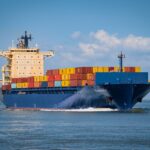



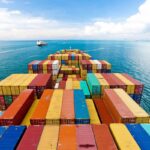




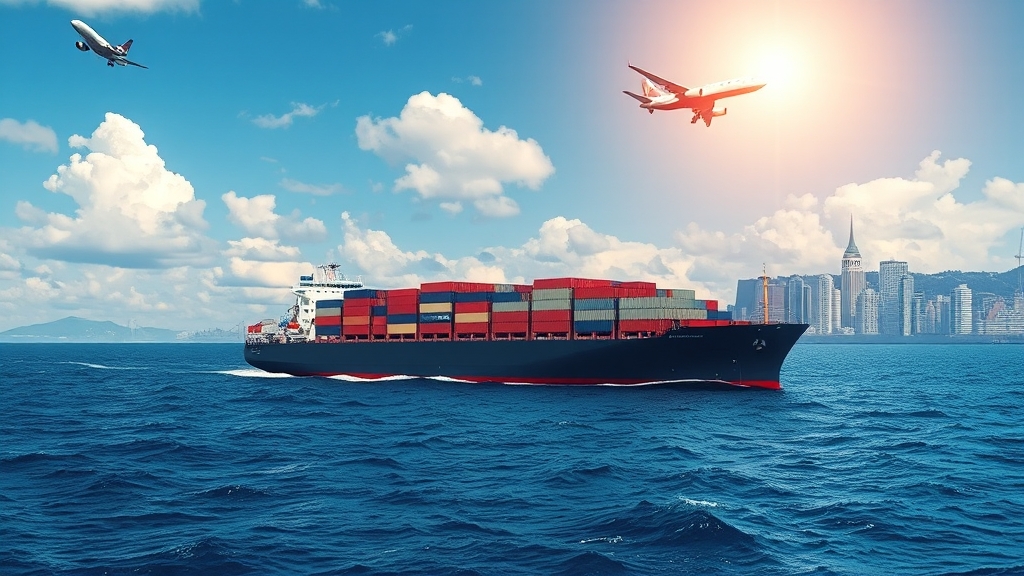

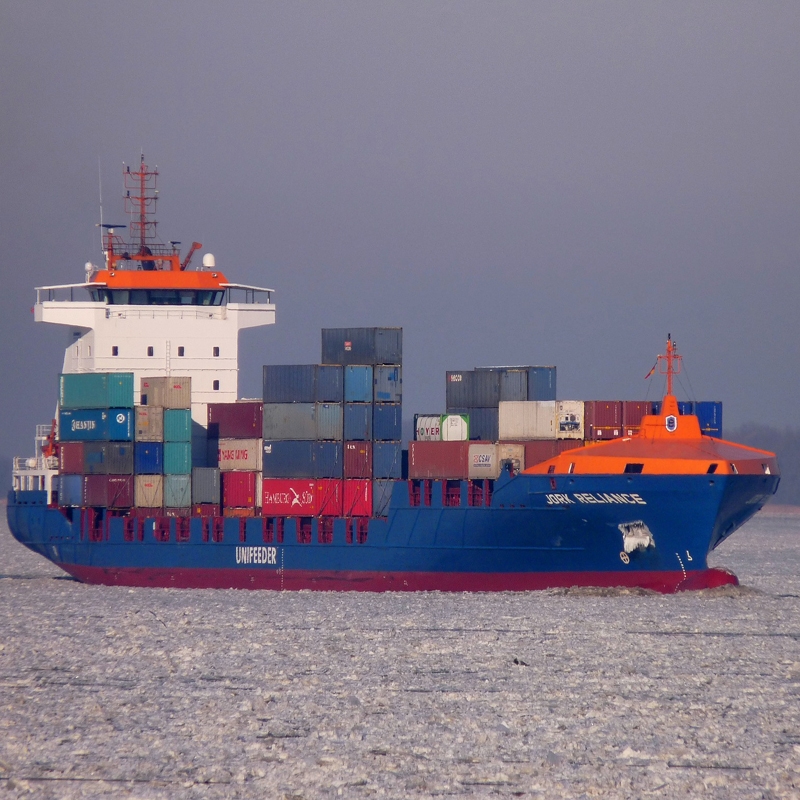
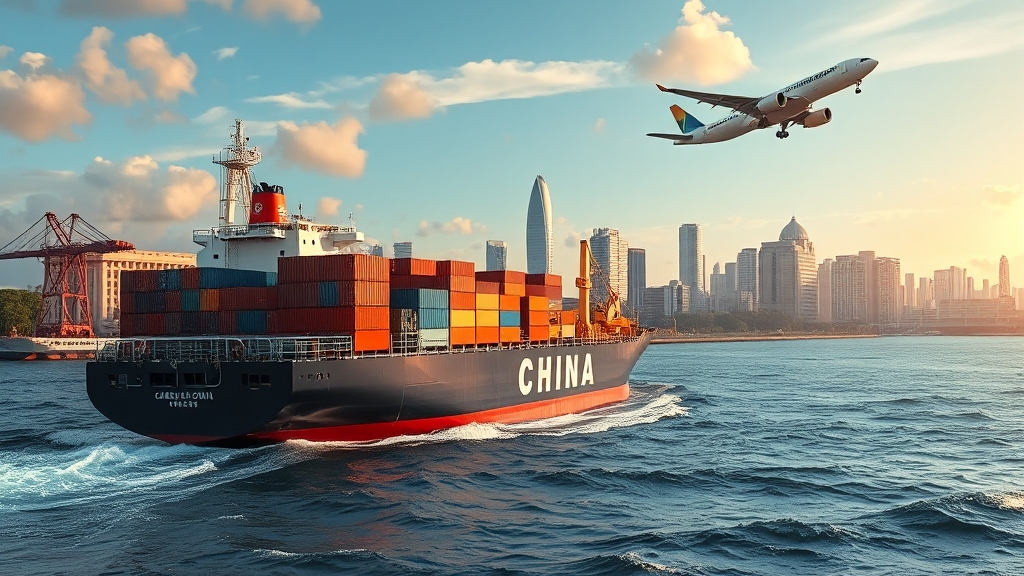
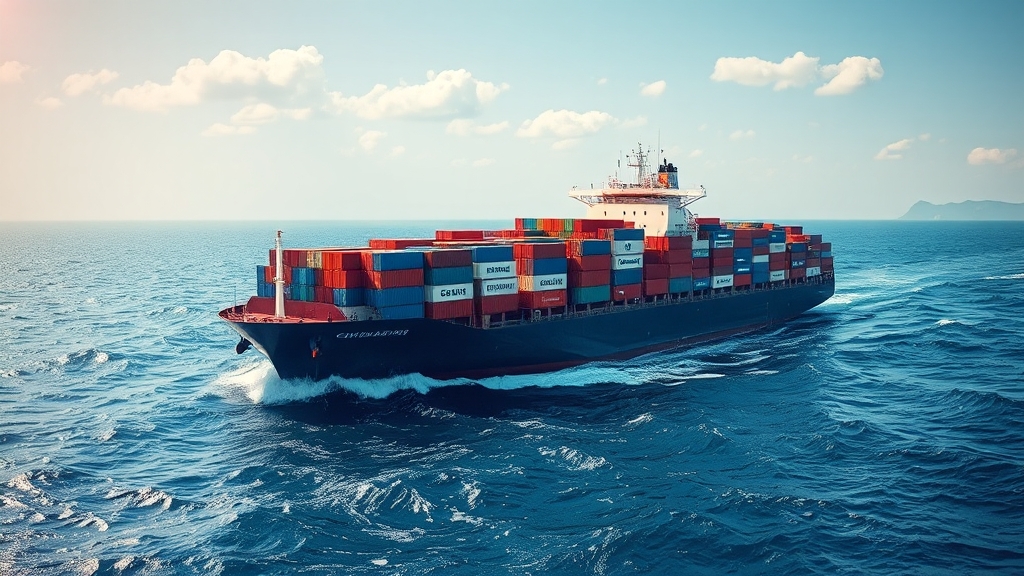





 Afrikaans
Afrikaans Shqip
Shqip አማርኛ
አማርኛ العربية
العربية Հայերեն
Հայերեն Azərbaycan dili
Azərbaycan dili Euskara
Euskara Беларуская мова
Беларуская мова বাংলা
বাংলা Bosanski
Bosanski Български
Български Català
Català Cebuano
Cebuano Chichewa
Chichewa 简体中文
简体中文 繁體中文
繁體中文 Corsu
Corsu Hrvatski
Hrvatski Čeština
Čeština Dansk
Dansk Nederlands
Nederlands English
English Esperanto
Esperanto Eesti
Eesti Filipino
Filipino Suomi
Suomi Français
Français Galego
Galego ქართული
ქართული Deutsch
Deutsch Ελληνικά
Ελληνικά Kreyol ayisyen
Kreyol ayisyen Harshen Hausa
Harshen Hausa Ōlelo Hawaiʻi
Ōlelo Hawaiʻi עִבְרִית
עִבְרִית हिन्दी
हिन्दी Hmong
Hmong Magyar
Magyar Íslenska
Íslenska Igbo
Igbo Bahasa Indonesia
Bahasa Indonesia Gaeilge
Gaeilge Italiano
Italiano 日本語
日本語 Basa Jawa
Basa Jawa ಕನ್ನಡ
ಕನ್ನಡ Қазақ тілі
Қазақ тілі ភាសាខ្មែរ
ភាសាខ្មែរ 한국어
한국어 كوردی
كوردی Кыргызча
Кыргызча ພາສາລາວ
ພາສາລາວ Latin
Latin Latviešu valoda
Latviešu valoda Lietuvių kalba
Lietuvių kalba Lëtzebuergesch
Lëtzebuergesch Македонски јазик
Македонски јазик Malagasy
Malagasy Bahasa Melayu
Bahasa Melayu മലയാളം
മലയാളം Maltese
Maltese Te Reo Māori
Te Reo Māori मराठी
मराठी Монгол
Монгол ဗမာစာ
ဗမာစာ नेपाली
नेपाली Norsk bokmål
Norsk bokmål پښتو
پښتو فارسی
فارسی Polski
Polski Português
Português ਪੰਜਾਬੀ
ਪੰਜਾਬੀ Română
Română Русский
Русский Samoan
Samoan Gàidhlig
Gàidhlig Српски језик
Српски језик Sesotho
Sesotho Shona
Shona سنڌي
سنڌي සිංහල
සිංහල Slovenčina
Slovenčina Slovenščina
Slovenščina Afsoomaali
Afsoomaali Español
Español Basa Sunda
Basa Sunda Kiswahili
Kiswahili Svenska
Svenska Тоҷикӣ
Тоҷикӣ தமிழ்
தமிழ் తెలుగు
తెలుగు ไทย
ไทย Türkçe
Türkçe Українська
Українська اردو
اردو O‘zbekcha
O‘zbekcha Tiếng Việt
Tiếng Việt Cymraeg
Cymraeg יידיש
יידיש Yorùbá
Yorùbá Zulu
Zulu